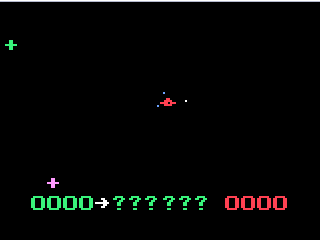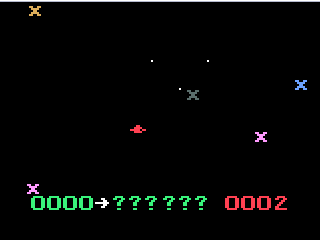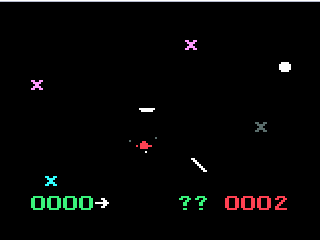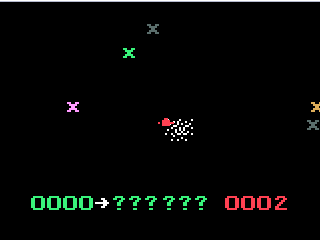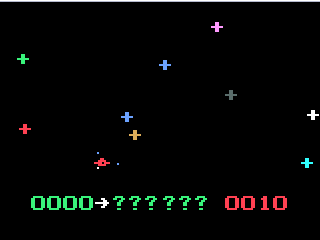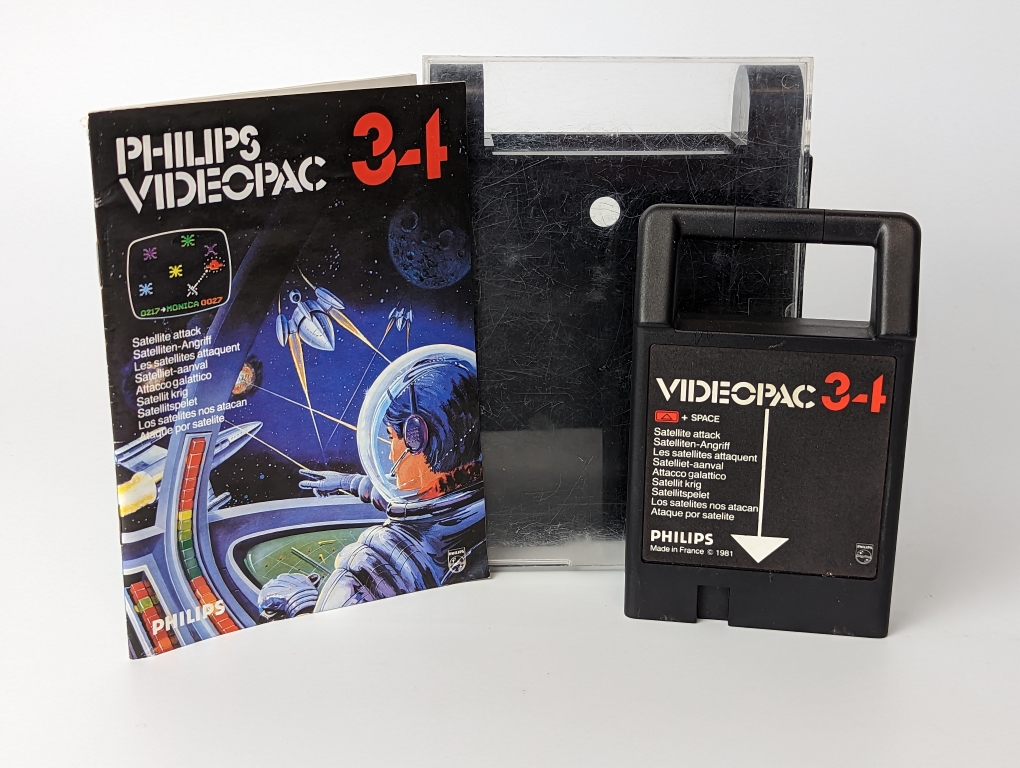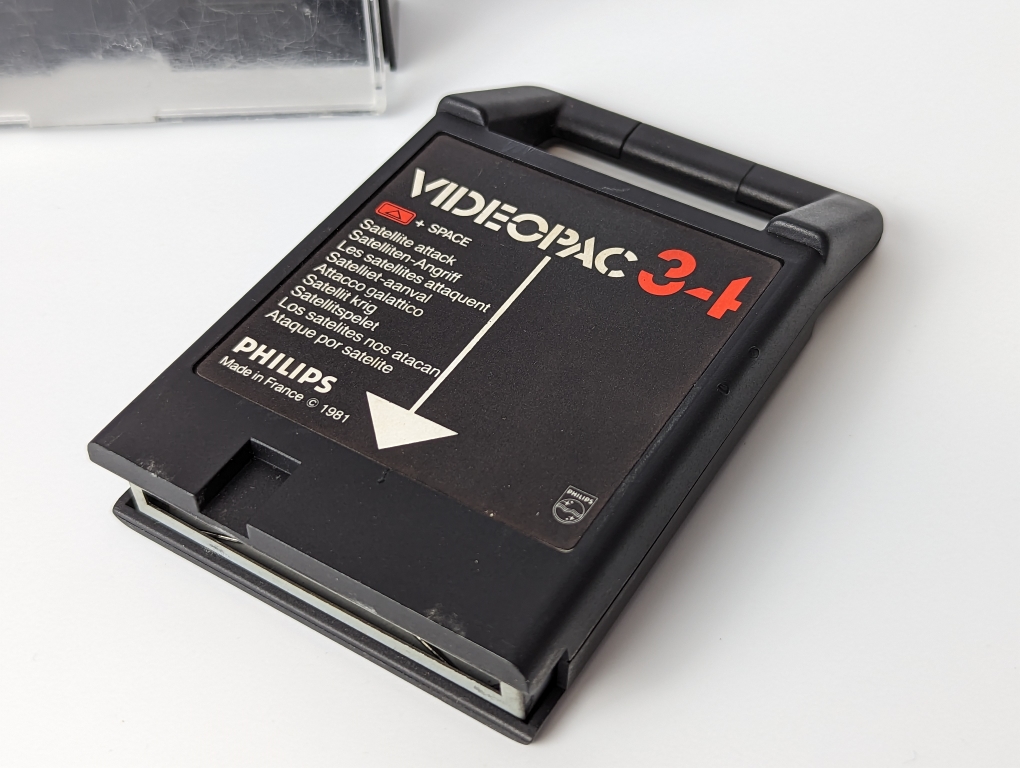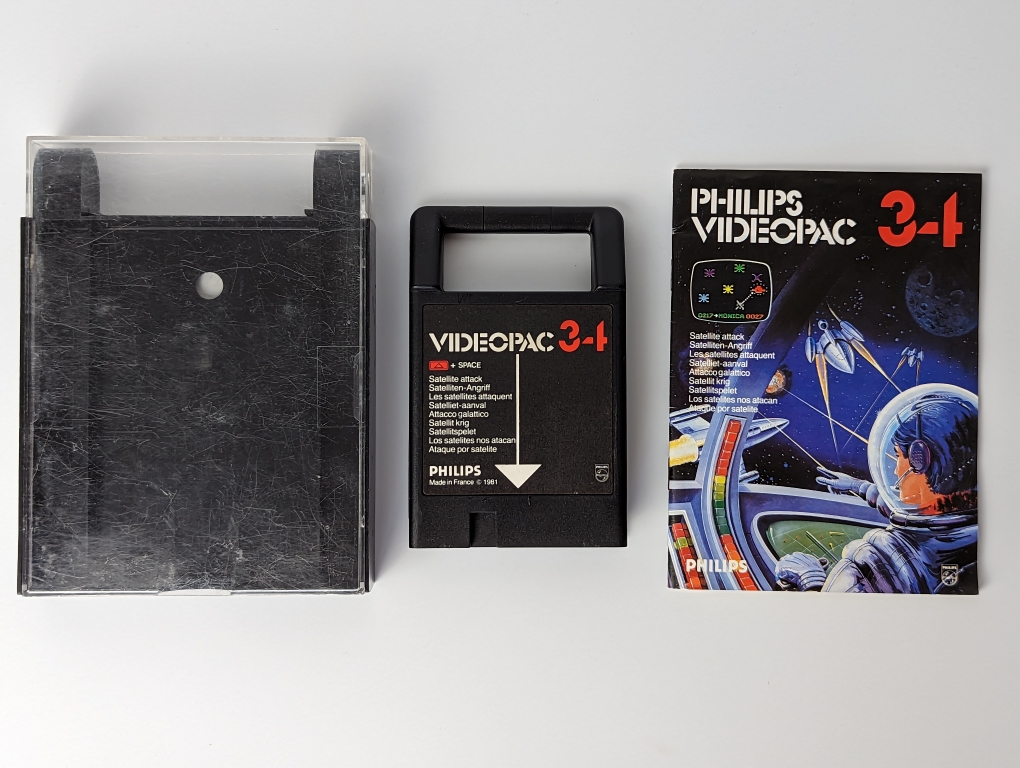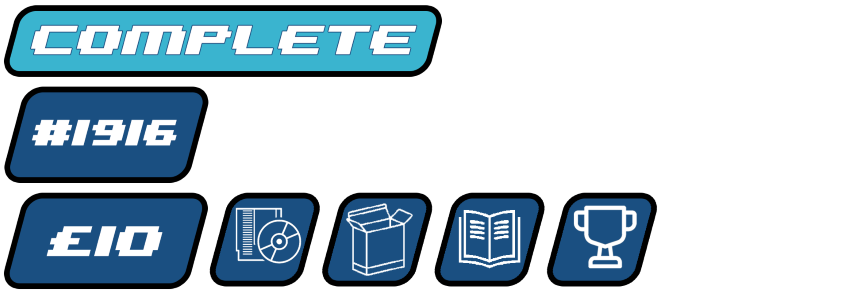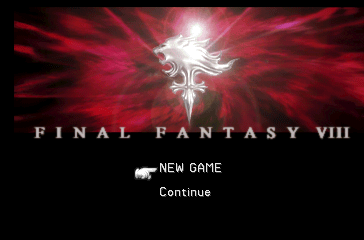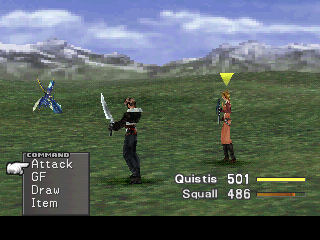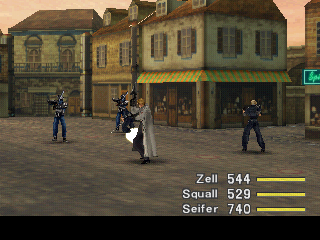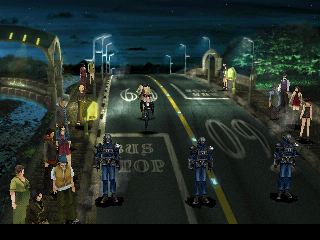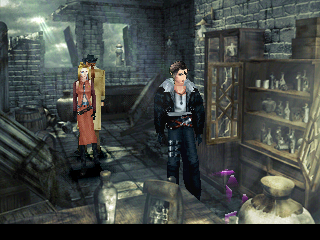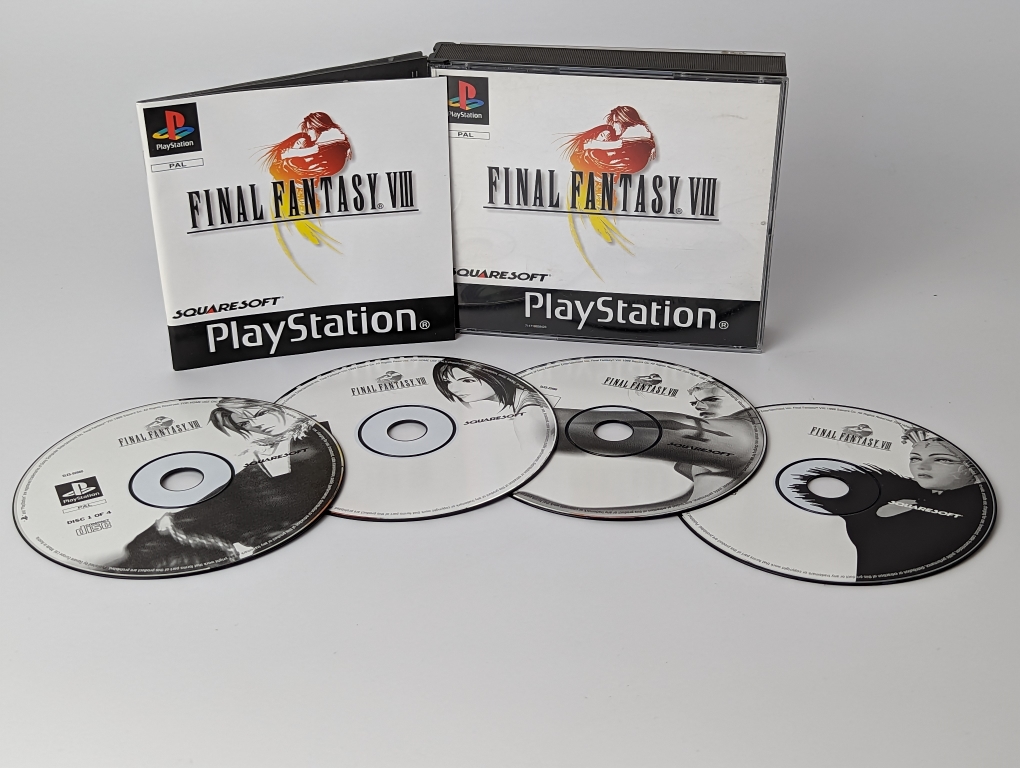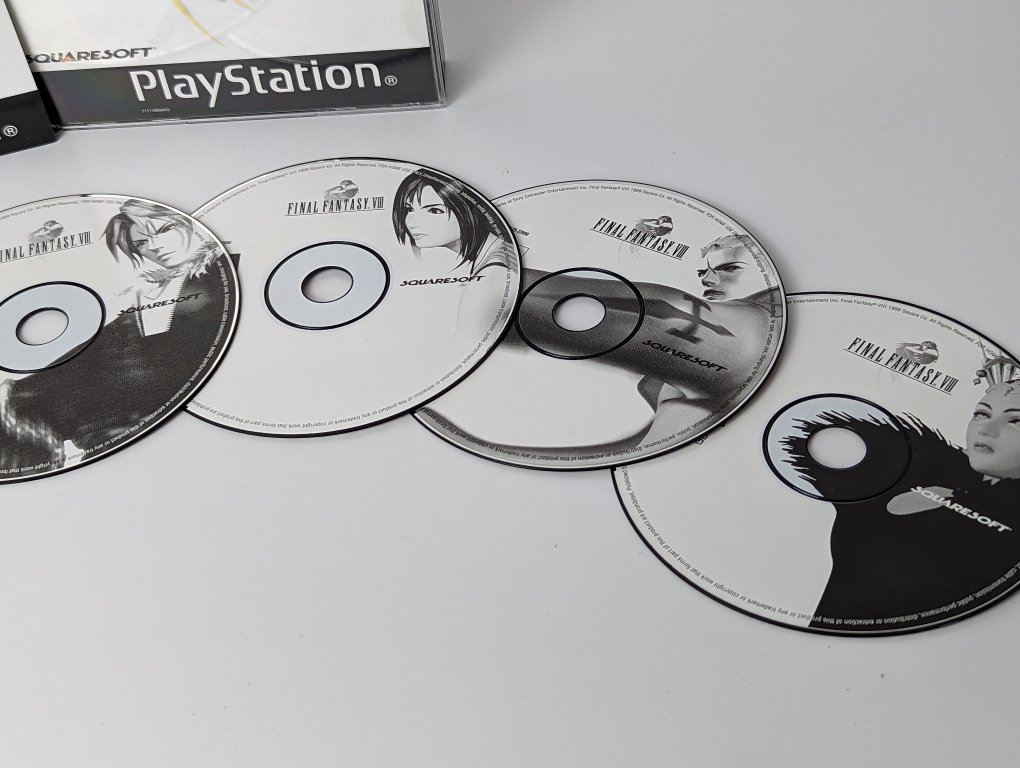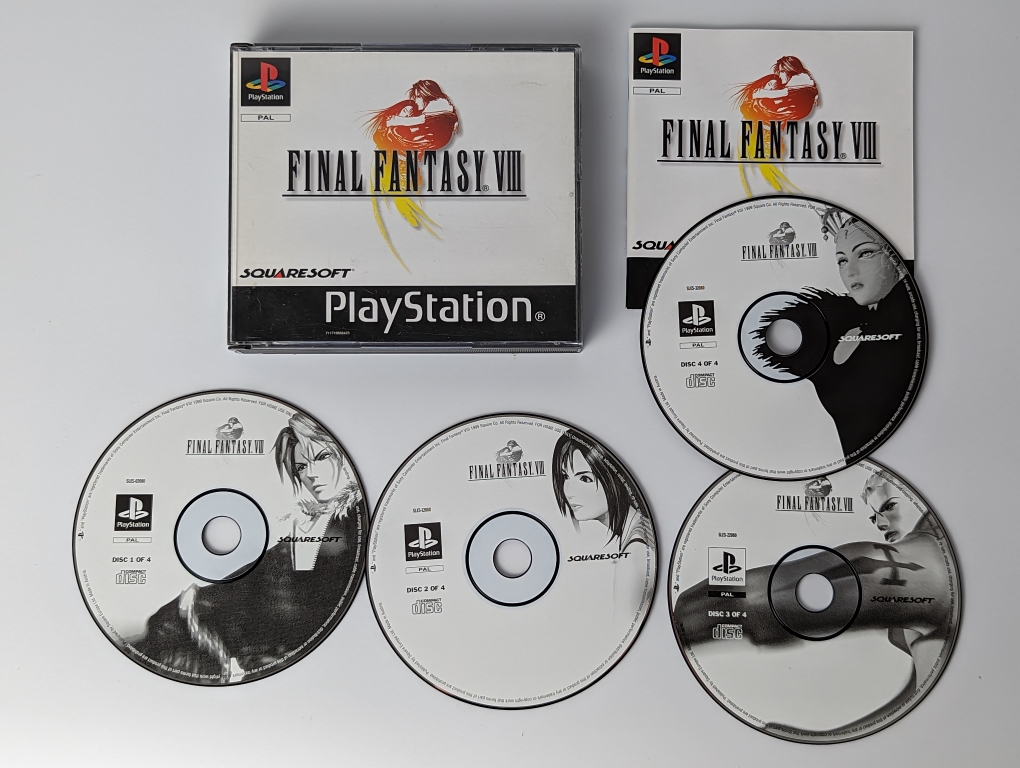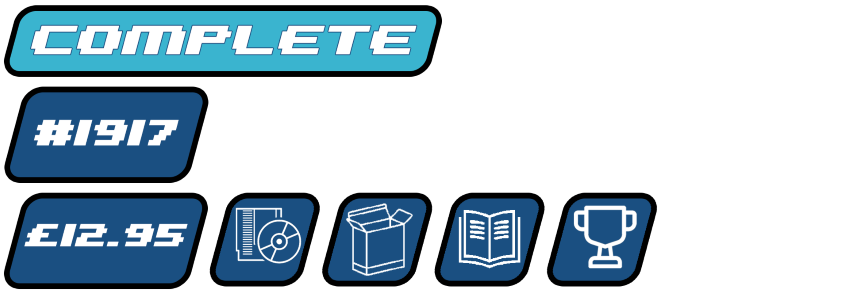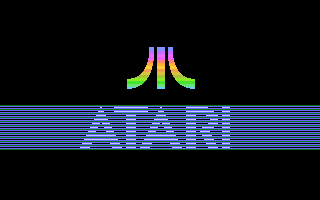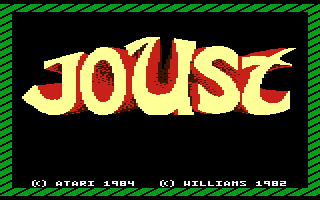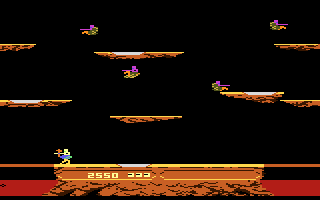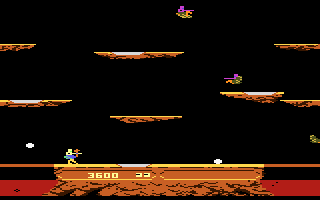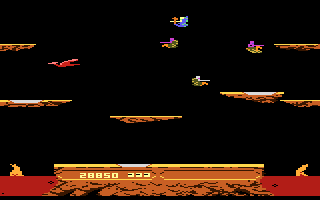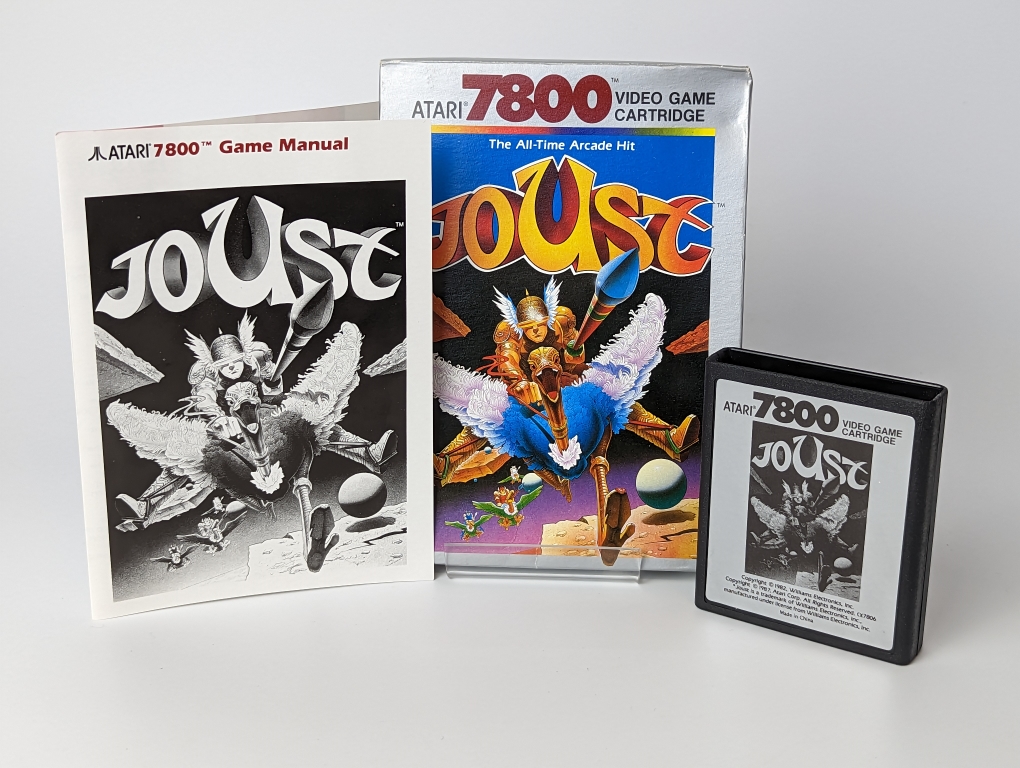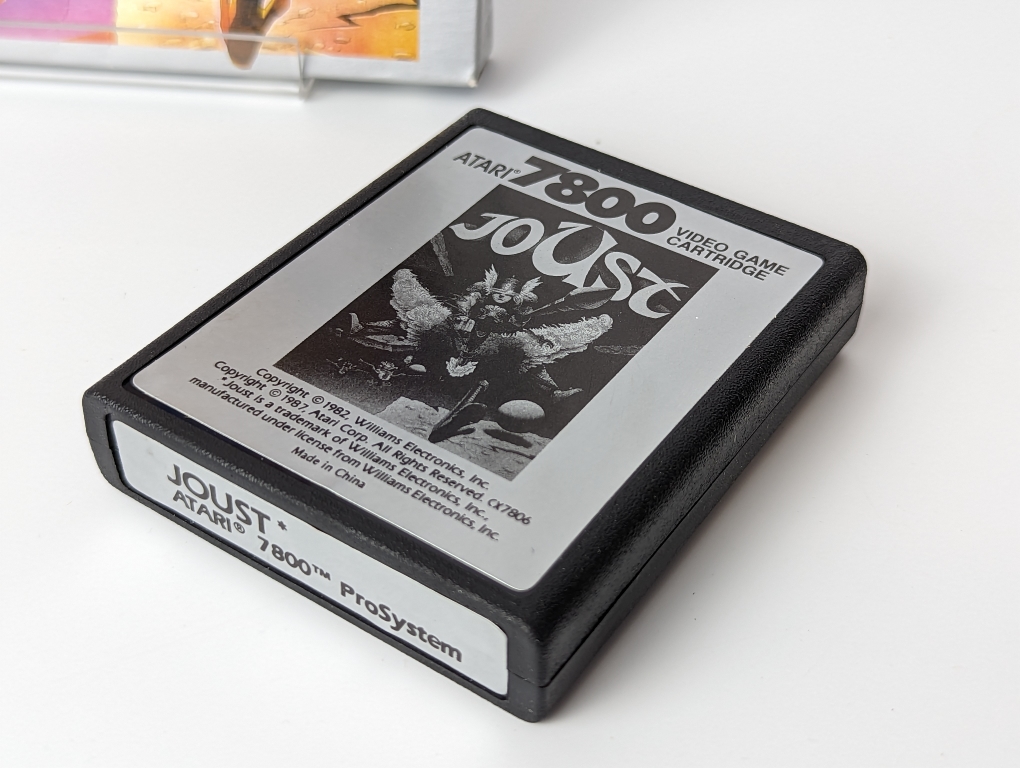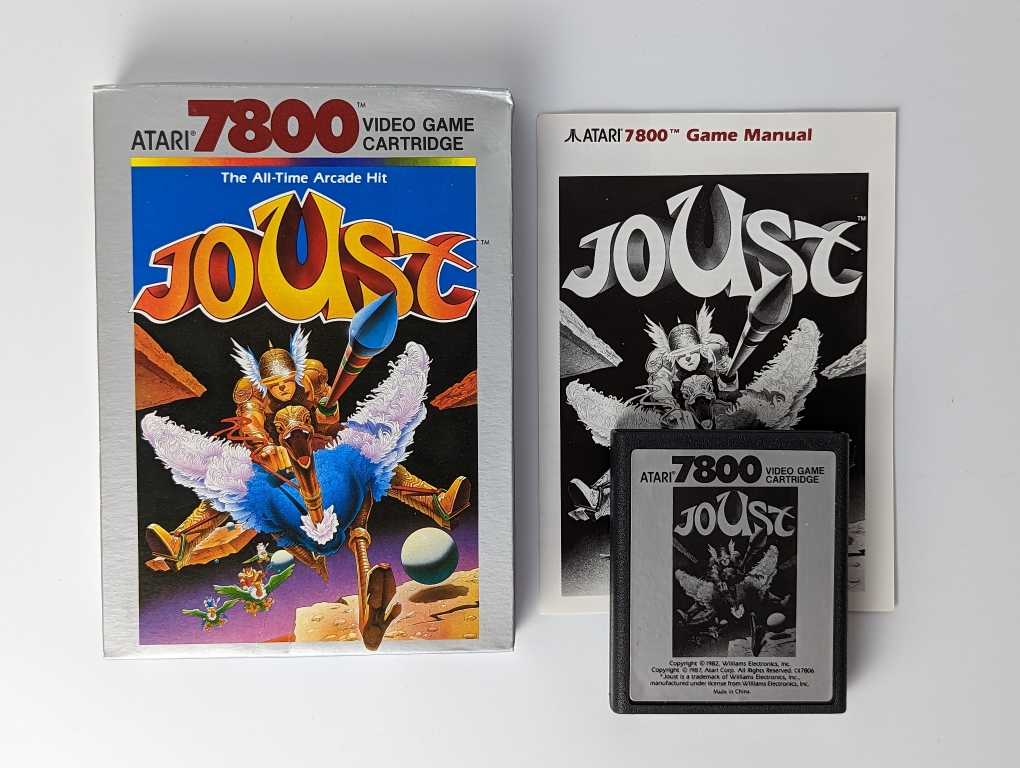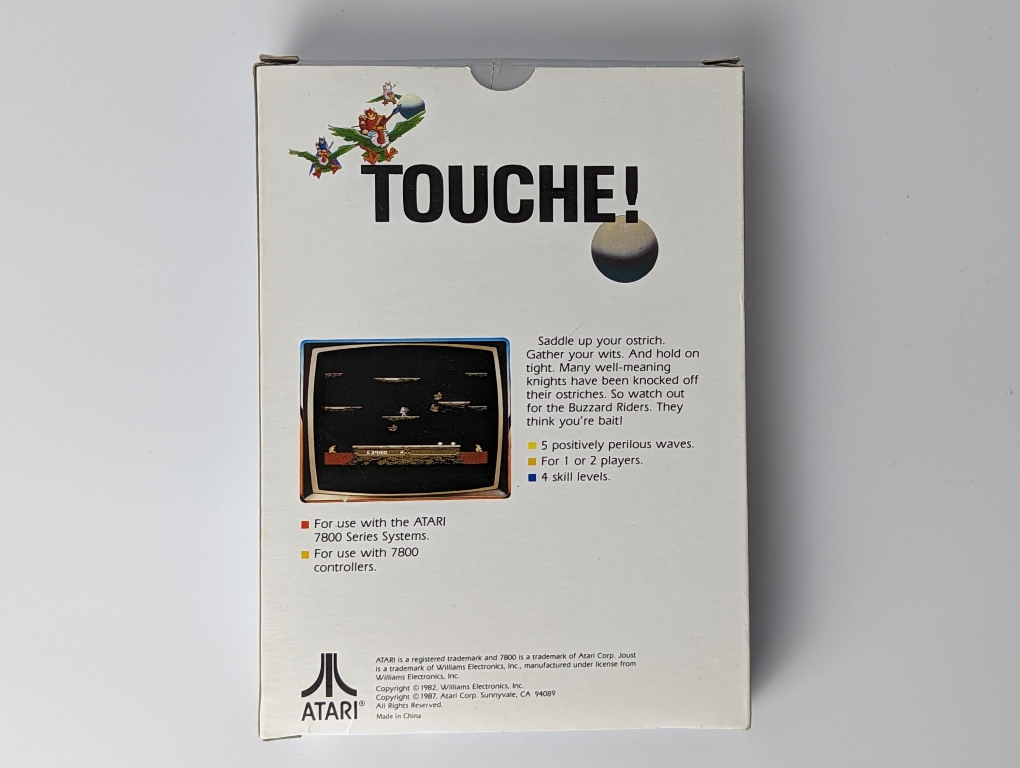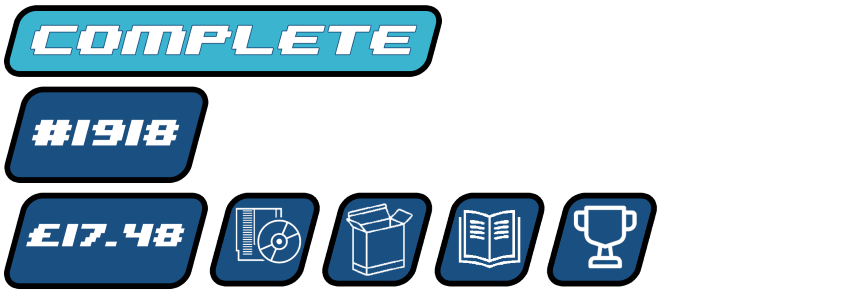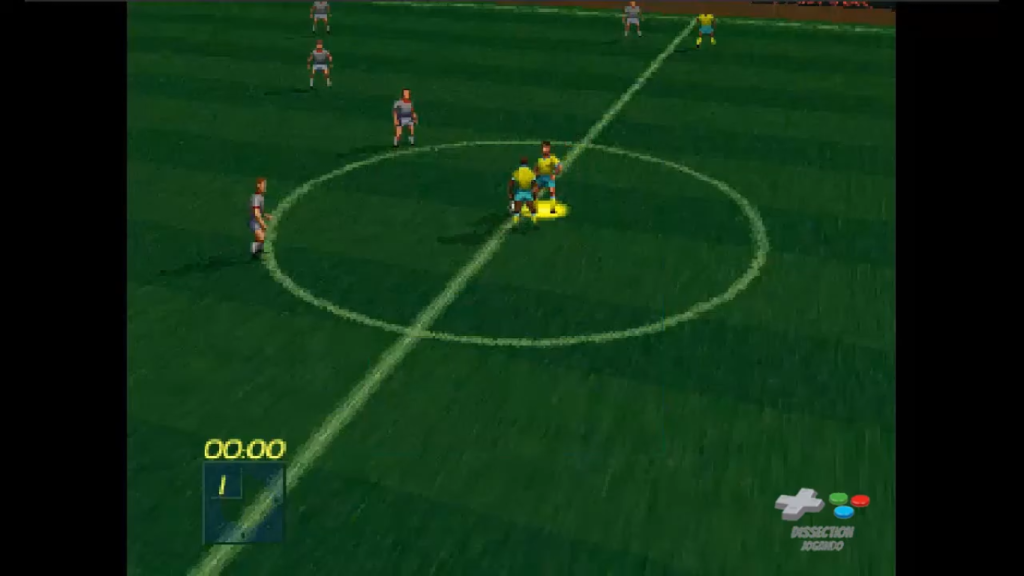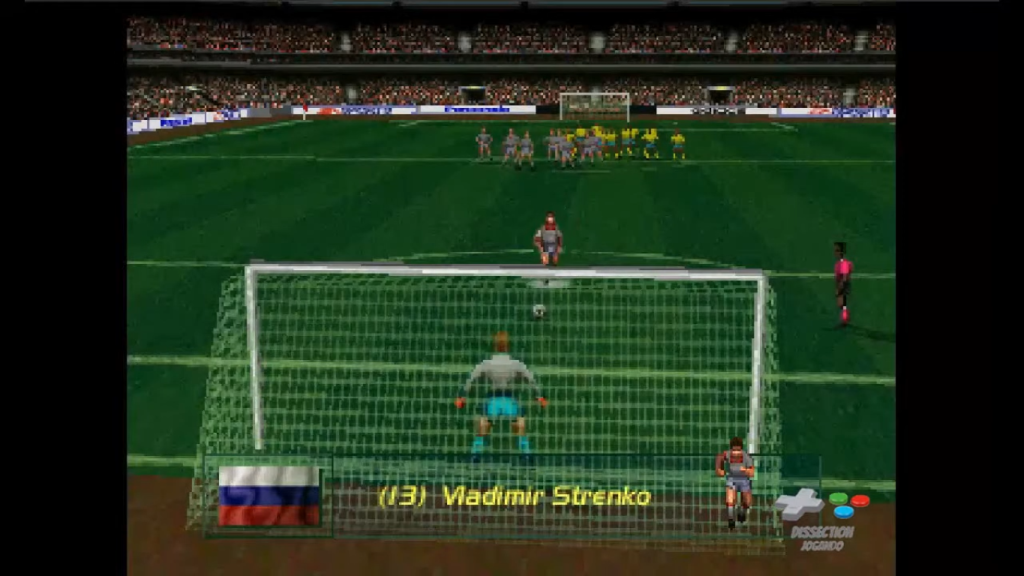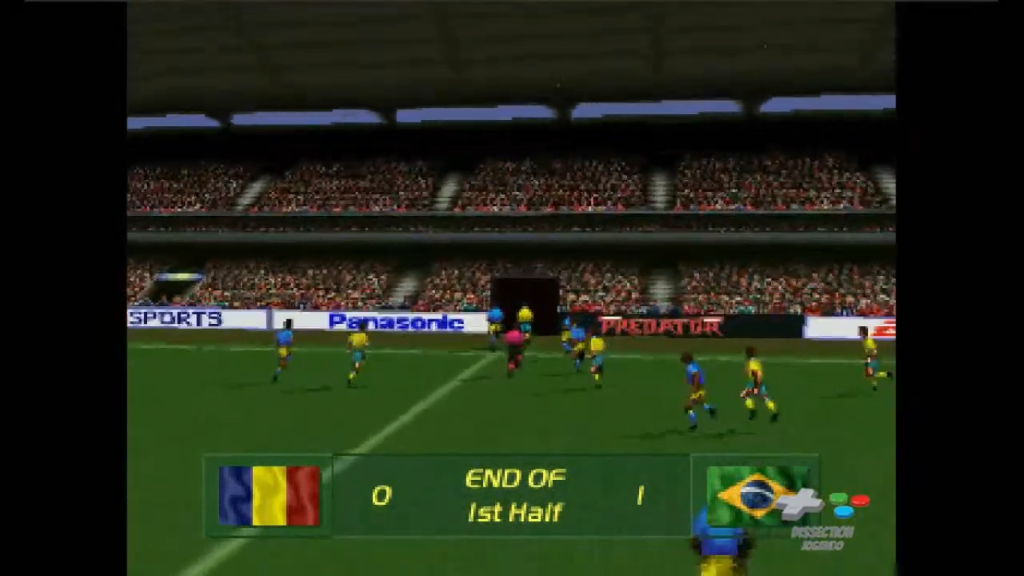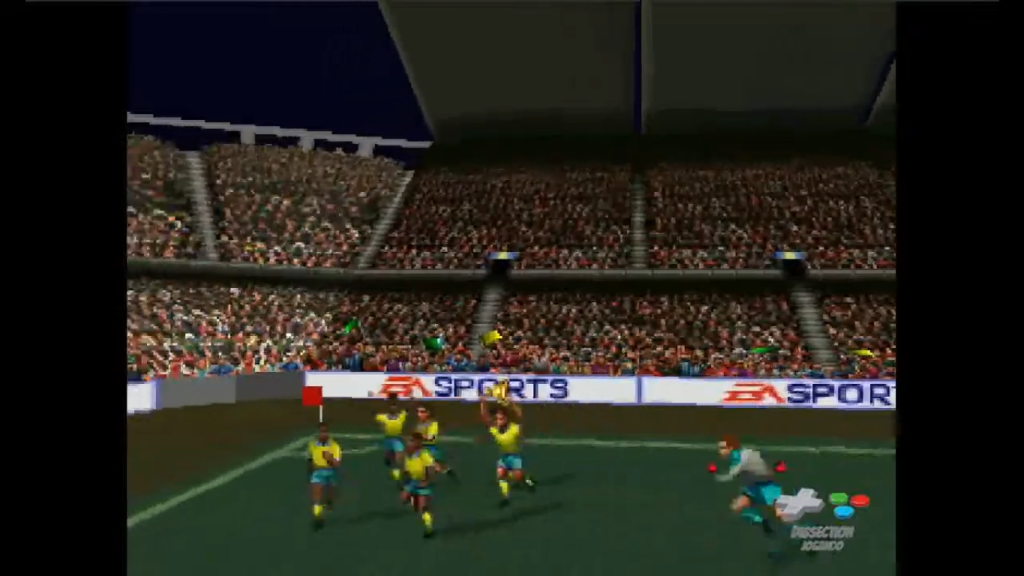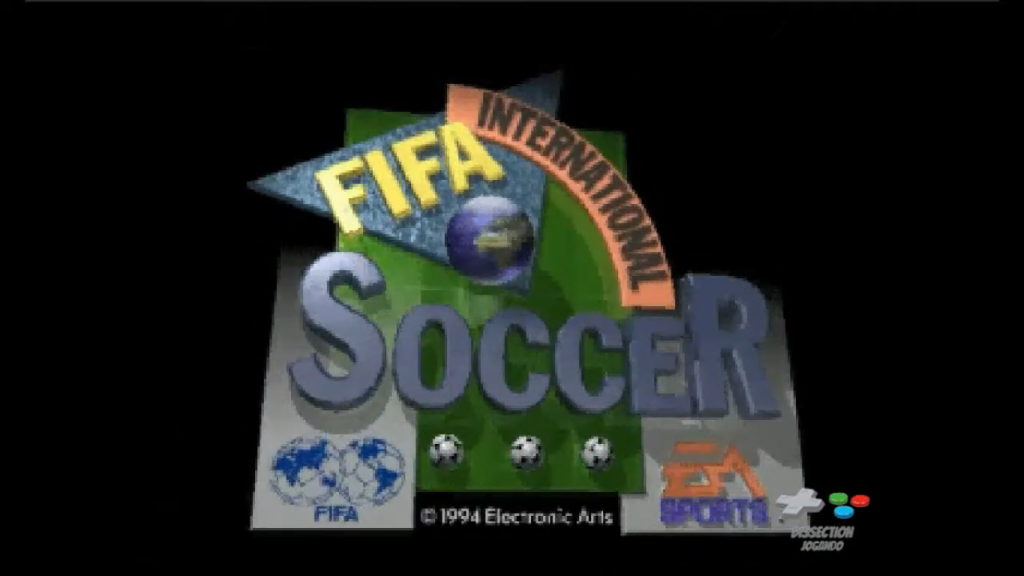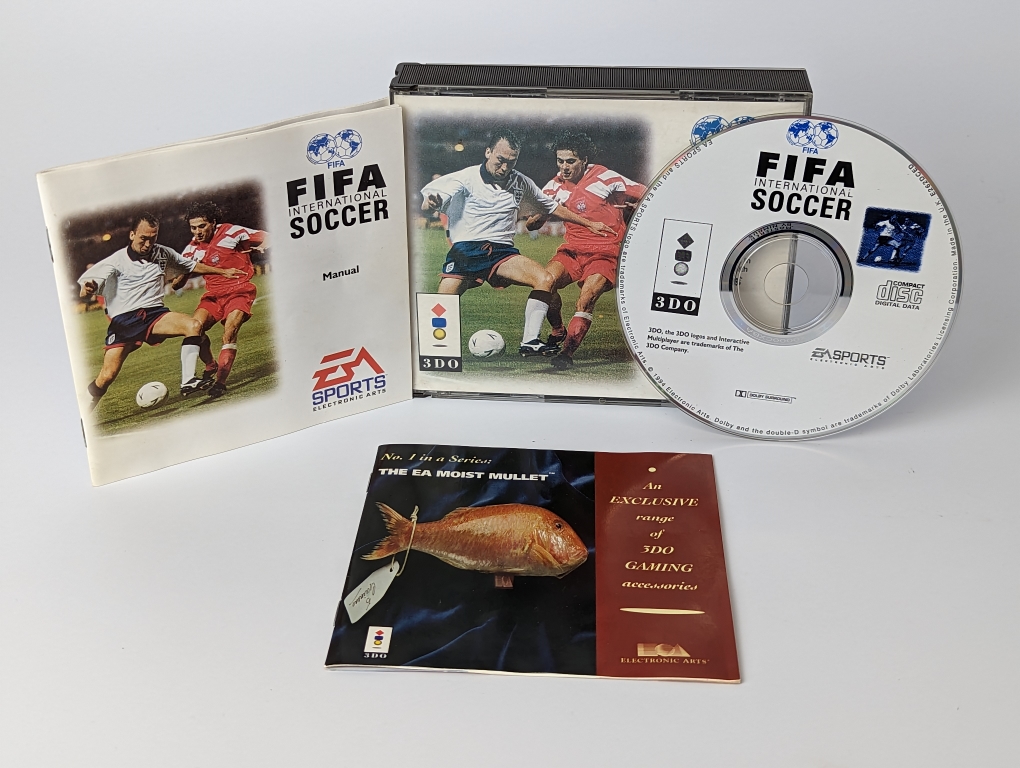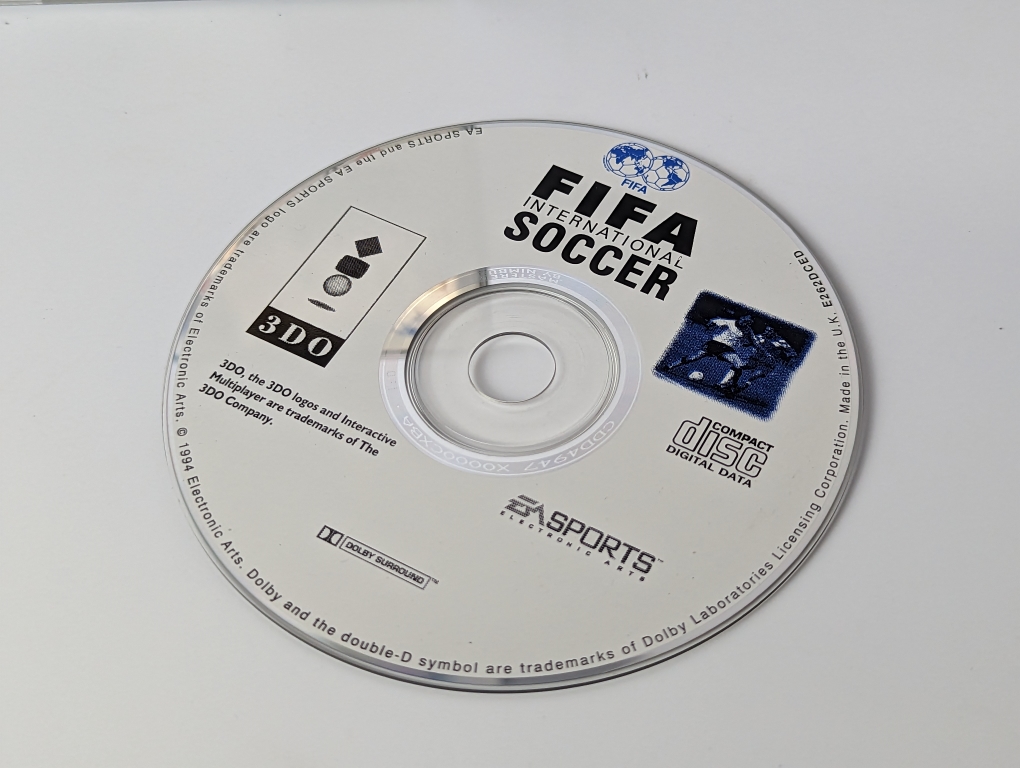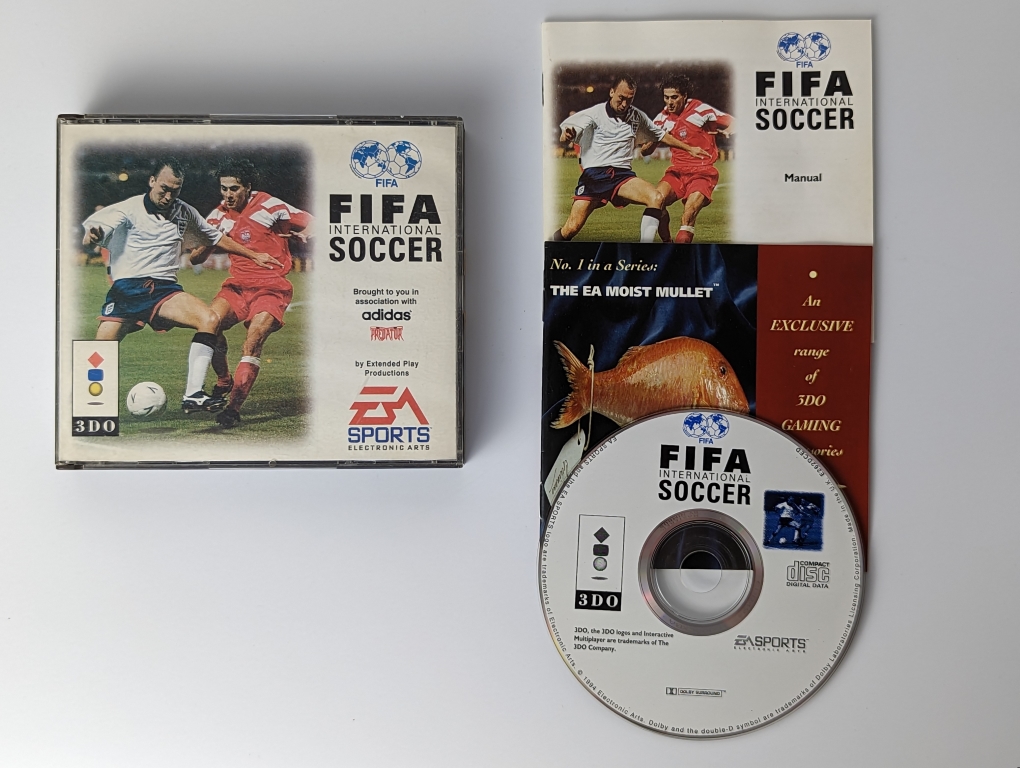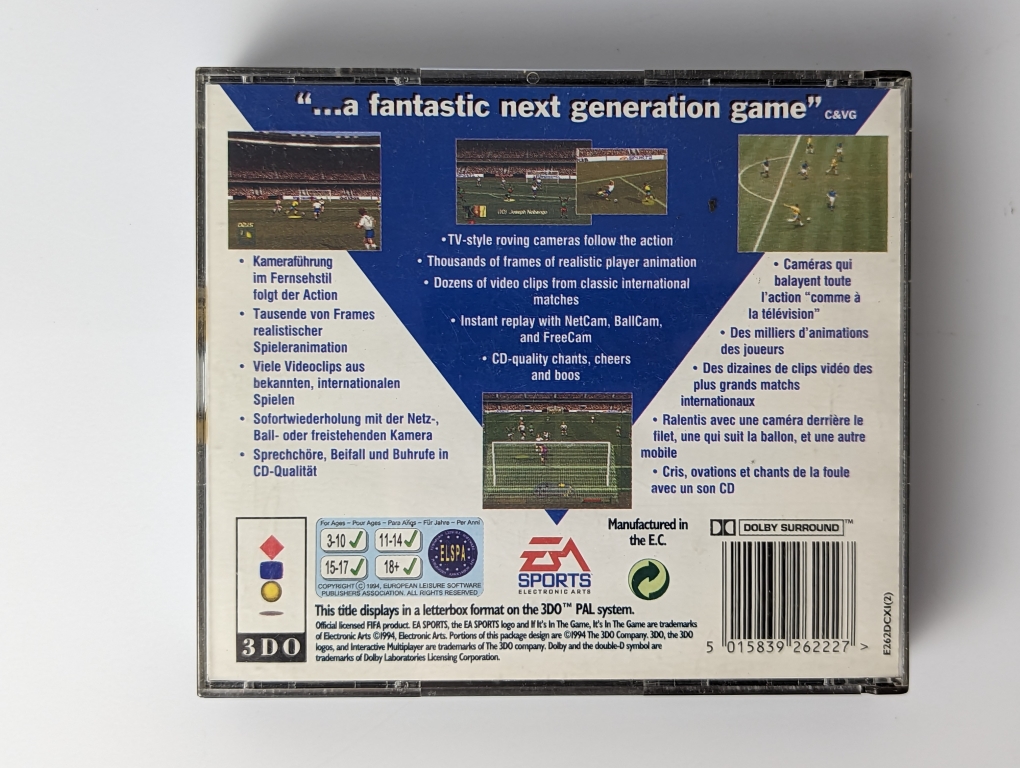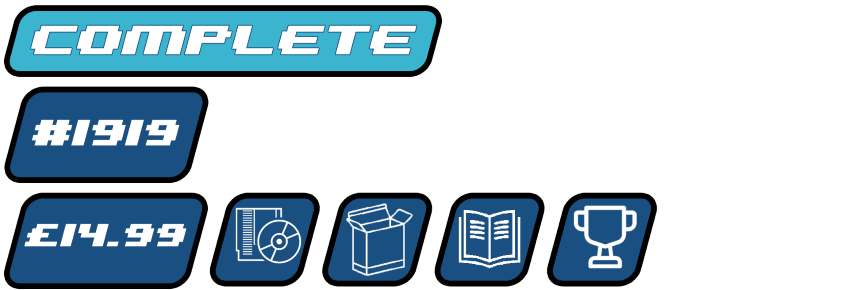I decided that this time I would tick off a few of my Top 10 games at once, so I fired up eBay and got to work.
Philips Videopac #34: Satellite Attack – Philips G7000 (1981)
Commanding of one of Earth Federation’s robot-controlled battle cruisers, the player must protect Earth from an invasion of unidentified flying objects.
The ship is equipped with a laser cannon and a force field. The force field energy is drained when the ship’s lasers are fired (by pressing the action button). The direction of the lasers is shown by a white dot in the force field, which rotates to aim in the direction the ship is moving.
There are three types of UFO’s. The first one drifts randomly in space. The second, the Hunter-Killer, can detect the player’s spaceship, linking with another one of the same type when it happens. The third one is a Light-speed Starship armed with computer-guided missiles.|
The UFO’s can be destroyed by laser blasts or by entering in touch with the force field in the player’s ship. If the later happens, the force field energy is also drained.
The ship travels at half-speed when its force field is recharging. It goes from black (when depleted) to blue (when fully charged). The ship is vulnerable until the force field is completely recharged.
The player will earn 1 point for each random drifter destroyed, 3 points for each Hunter-Killer and 10 points for each Light-speed Starship.
Final Fantasy VIII – Sony Playstation (1999)
Squall Leonhart is a young man in training to become of member of SeeD – a mercenary organization and the goal of all young students in Balamb Garden. Squall is not a particularly friendly guy and has troubles with his fellow students and teachers. On the eve of his graduation hostilities break out between the city-states of Galbadia and Dollet. As their final test, Squall and three other students are sent on a mission to assist in the fight against Galbadia. In the process they discover that there are other characters pulling strings from behind the stage, and eventually uncover a mystery that involves two decades of secrets hidden both from the world and from themselves.
Final Fantasy VIII is set in a “retro” environment reminiscent in some ways of the 1960’s, with a few sci-fi and plenty of supernatural elements mixed in. The basic system resembles those of its predecessors: the player navigates a party of characters over a world map, accessing various locations and fighting randomly appearing enemies in turn-based combat of the series’ trademark ATB (active time battle) variety. However, character development system has been re-designed.
Visually, the game resembles its predecessor, featuring 3D graphics for battles and world map exploration, and pre-rendered backgrounds for individual locations. The game’s 3D character models are realistically proportioned (as opposed to the “super-deformed” character graphics of the previous game), and the influence of anime art is less noticeable.
Joust – Atari 7800 (1986)
In Joust, players take control of a knight with a lance who rides their flying ostrich (or stork, for Player 2) to do battle against computer-controlled evil knights who ride atop vultures.
Players must flap their steed’s wings to hit the enemy from a higher jousting point to destroy the vulture and its rider. Once the enemy has been hit, an egg falls to one of the platforms below. The heroic knights must destroy the eggs before they hatch and release new and increasingly more difficult knights. The three strengths of enemy knights are Bounder (red knight), Hunter (white knight), and Shadow Lord (blue knight). These enemy knights are not the only challenge to be found in the game. Players must also contend with crumbling platforms, lava trolls who attempt to pull knights into the fire, and the dreaded “unbeatable”(?) pterodactyl.
The game was novel for its time for being one of the few two-player simultaneous games in the arcade.
FIFA International Soccer – Panasonic 3DO (1994)
The game that started the best-selling series licensed by football’s world governing body, this first installment in the long running series used a dimetric (colloquially known as “isometric”) viewpoint, previously unusual in football games but quickly imitated by several titles. The televisual presentation, one of the unique points of the early EA Sports titles, with hosts introducing the matches, was another thing making the game stand out from a market dominated by Sensible Soccer and Kick Off games.
Based on international teams (with fictional player names), their abilities in each skill area rated out of 10 to give the player an overall impression of how good they are. The options available follow the standard set: fouls and offsides can be toggled on and off, the match length can be set, and if the timer operates continuously, or only while the ball is in play. Gameplay privileges quick runs, short passes and blistering shots outside the penalty box, and set pieces are controlled by moving a box into the target area for the ball, and then passed, lobbed or kicked directly. On the tactical side, formations can be selected, with 5 different strategies also available (although not all of these combinations make sense) as can the team Coverage – the areas which defenders, midfielders and strikers cover.
This version of FIFA International Soccer features 3D stadiums with 2D players.

